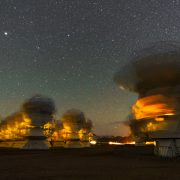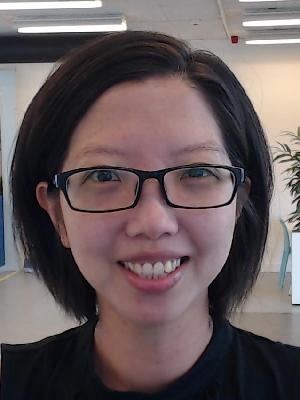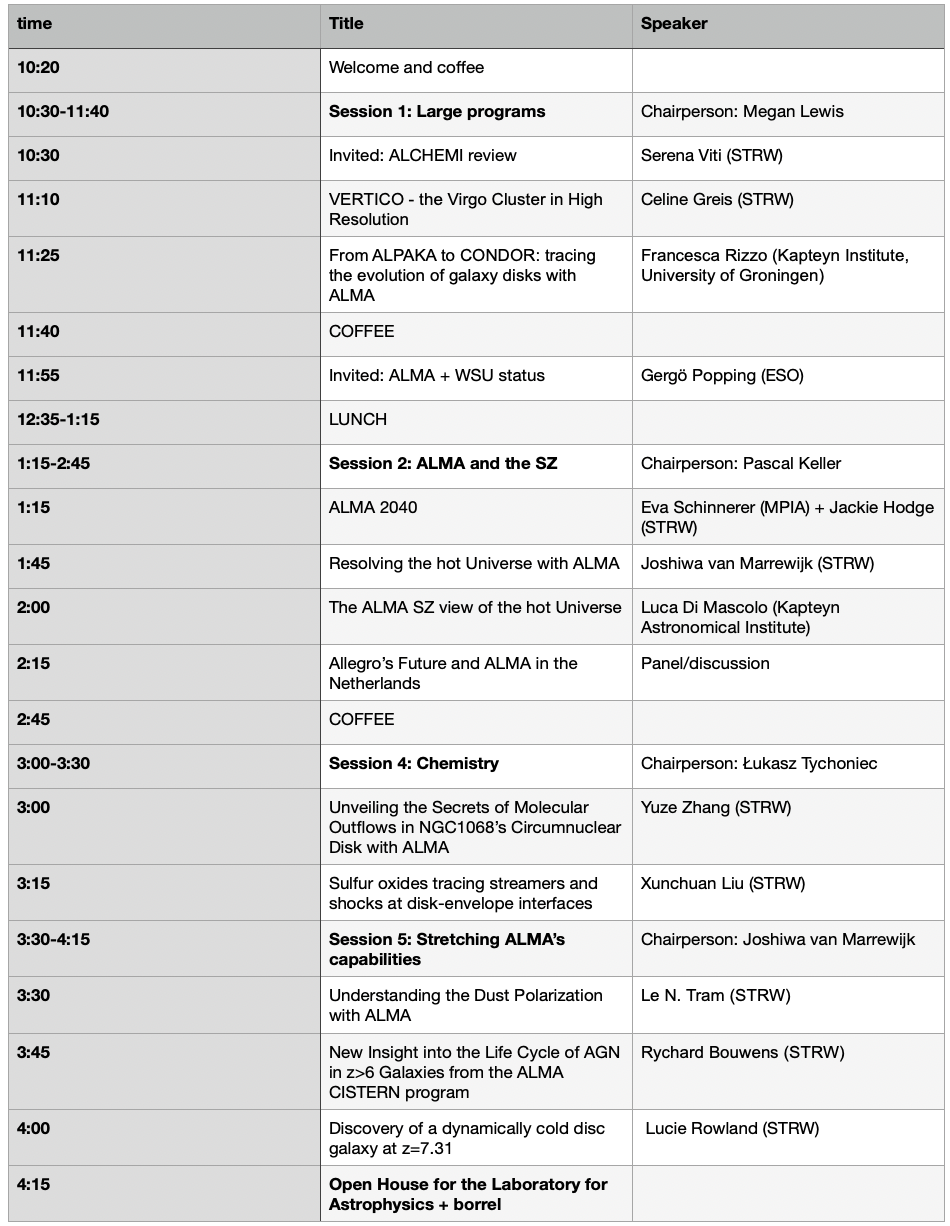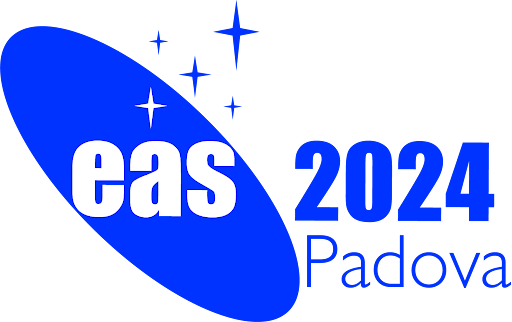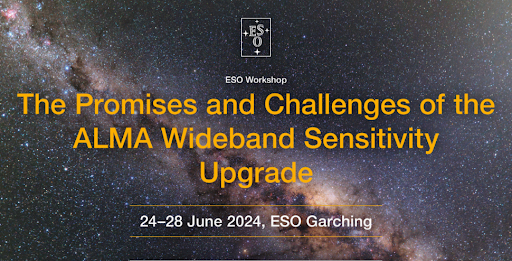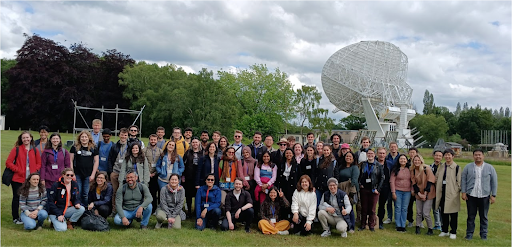Science Highlight: Most distant rotating disc galaxy found
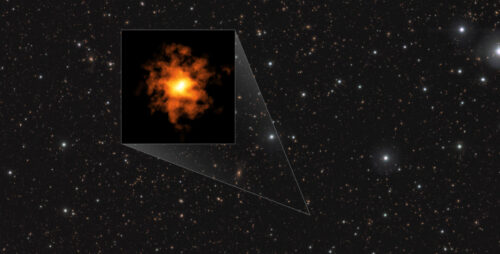
A team led by Leiden Observatory researchers has discovered the most distant disc galaxy yet observed. The observations were conducted as part of the ALMA Large Program REBELS: Reionization Era Bright Emission Lines Survey, thus the disc galaxy has been dubbed REBELS-25. The galaxy seems as orderly as present-day galaxies, but we see it as it was when the Universe was only 700 million years old. This is surprising because, according to our current understanding of galaxy formation, such early galaxies are expected to appear more chaotic. “According to our understanding of galaxy formation, we expect most early galaxies to be small and messy looking,” says Jacqueline Hodge, an astronomer at Leiden University, and co-author of the study. However, both the structure and the rotation of REBELS-25 were revealed using ALMA data and the galaxy is strongly rotating and orderly.
Current theories suggest that billions of years of evolution must have elapsed for a galaxy to be as orderly as our own Milky Way — a rotating disc with tidy structures like spiral arms. The detection of REBELS-25, however, challenges that timescale. “Seeing a galaxy with such similarities to our own Milky Way, that is strongly rotation-dominated, challenges our understanding of how quickly galaxies in the early Universe evolve into the orderly galaxies of today’s Cosmos,” says Lucie Rowland, a doctoral student at Leiden University and first author of the study.
REBELS-25 was initially detected in previous observations, also conducted with ALMA, by the same team. At the time, it was an exciting discovery, showing hints of rotation. Toproperly discern the structure and motion of the galaxy, the team performed follow-up observations with ALMA at a higher resolution, which confirmed its record-breaking nature. “ALMA is the only telescope in existence with the sensitivity and resolution to achieve this,” says Renske Smit, a researcher at Liverpool John Moores University in the UK and co-author of the study.
S urprisingly, the data also hinted at more developed features similar to those of the Milky Way, like a central elongated bar and even spiral arms. However, more observations will be needed to confirm this. “Finding further evidence of more evolved structures would be an exciting discovery, as it would be the most distant galaxy with such structures observed to date,” says Rowland.
urprisingly, the data also hinted at more developed features similar to those of the Milky Way, like a central elongated bar and even spiral arms. However, more observations will be needed to confirm this. “Finding further evidence of more evolved structures would be an exciting discovery, as it would be the most distant galaxy with such structures observed to date,” says Rowland.

